The study of fossil organic matter through the lens of geochemical paleontology and stratigraphy offers a profound window into Earth's ancient environments. By analyzing the molecular and isotopic signatures preserved in fossils, scientists can reconstruct climatic conditions, biogeochemical cycles, and ecological dynamics that shaped our planet over millions of years. This interdisciplinary approach bridges geology, biology, and chemistry, revealing how life and environment co-evolved in deep time.
Fossil organic matter serves as a time capsule, locking in biochemical clues about the past. Lipids, pigments, and other biomolecules often survive diagenesis, carrying information about the organisms that produced them and the environments they inhabited. For instance, the presence of certain lipid biomarkers in sedimentary rocks can indicate past microbial communities, while isotopic ratios of carbon or nitrogen in fossilized tissues may reveal ancient food webs and nutrient cycles. These molecular fossils, or geomolecules, provide insights that complement traditional paleontological methods based on morphology alone.
The chemical composition of fossil organic matter reflects environmental stressors and adaptation. During periods of climatic upheaval or mass extinctions, organisms often produced distinctive biochemical compounds as survival strategies. For example, increased concentrations of protective pigments in algae fossils might correlate with periods of high UV radiation due to ozone depletion. Similarly, shifts in the isotopic composition of plant fossils can mark transitions between wet and dry climatic phases. By mapping these chemical signatures across stratigraphic layers, researchers can create detailed records of how ecosystems responded to environmental change.
Sedimentary basins preserve these chemical records in a chronological framework, allowing scientists to correlate biological events with geological processes. The vertical distribution of biomarkers in a stratigraphic column can reveal patterns of sea level change, oceanic anoxia, or volcanic activity that influenced biological evolution. Particularly in marine sediments, the alternating layers of organic-rich and organic-poor strata often correspond to fluctuations in productivity and preservation conditions driven by climate cycles. This stratigraphic context transforms individual chemical measurements into a narrative of Earth's history.
Recent technological advances have revolutionized our ability to extract environmental information from fossil organic matter. High-resolution mass spectrometry now allows detection of trace compounds that were previously invisible, while compound-specific isotope analysis can track individual molecules through biogeochemical cycles. Synchrotron-based imaging techniques reveal the spatial distribution of elements within fossils at microscopic scales, showing how organisms interacted with their chemical environment. These tools enable researchers to ask increasingly sophisticated questions about past ecosystems and their responses to environmental change.
The integration of geochemical data with traditional paleontological observations creates a more complete picture of ancient life. For instance, while fossil morphology might show how an organism looked, its biochemistry can reveal how it lived - what it ate, what temperatures it experienced, and how it interacted with other species. This holistic approach is particularly valuable for understanding major transitions in Earth history, such as the rise of atmospheric oxygen or the recovery of ecosystems after mass extinctions. By reading the environmental stories written in fossil molecules, scientists gain new perspectives on the resilience and vulnerability of life through geological time.
As we face unprecedented environmental changes today, these ancient records take on new significance. The chemical imprints of past warming events, ocean acidification episodes, and biodiversity crises provide natural experiments that can inform predictions about current and future global change. Particularly valuable are periods when Earth's systems were pushed beyond tipping points, as recorded in the abrupt chemical shifts preserved in certain stratigraphic layers. Understanding how life persisted through these extreme events in the past may help us navigate the challenges of the Anthropocene.
The field continues to evolve with each new discovery and methodological breakthrough. Future directions include expanding databases of biomarker signatures across different taxa and environments, improving our ability to detect and interpret complex organic molecules, and developing more precise ways to date chemical events in the geological record. As analytical techniques become more sensitive and computational methods more powerful, we can expect even richer reconstructions of Earth's environmental history from the chemical whispers preserved in stone.

By /Jun 19, 2025

By /Jun 19, 2025
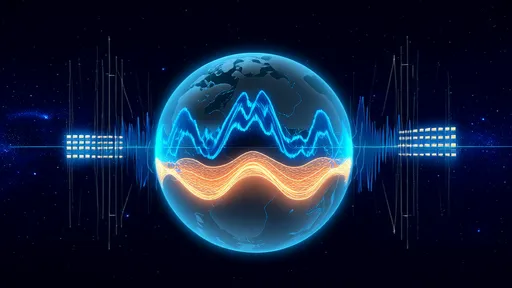
By /Jun 19, 2025

By /Jun 19, 2025
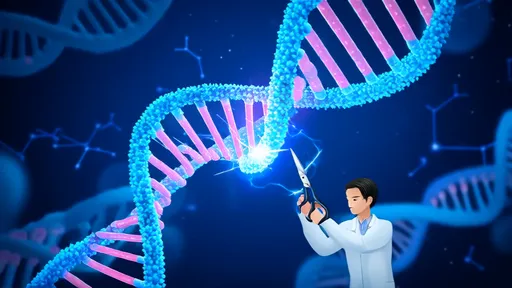
By /Jun 19, 2025

By /Jun 19, 2025
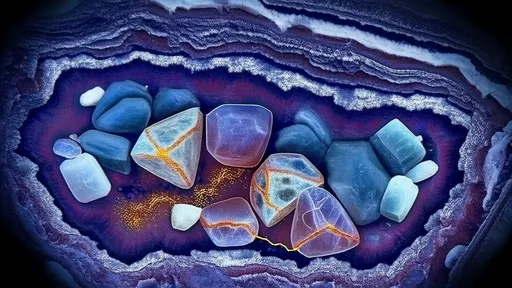
By /Jun 19, 2025

By /Jun 19, 2025

By /Jun 19, 2025

By /Jun 19, 2025
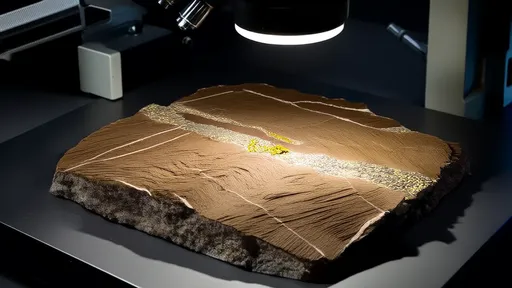
By /Jun 19, 2025
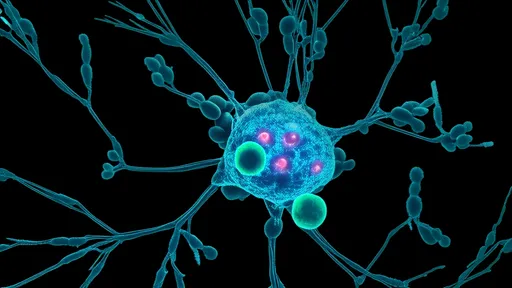
By /Jun 19, 2025

By /Jun 19, 2025

By /Jun 19, 2025

By /Jun 19, 2025
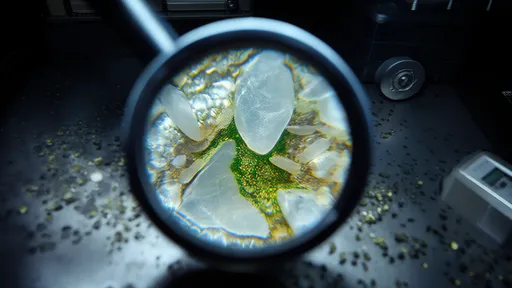
By /Jun 19, 2025

By /Jun 19, 2025